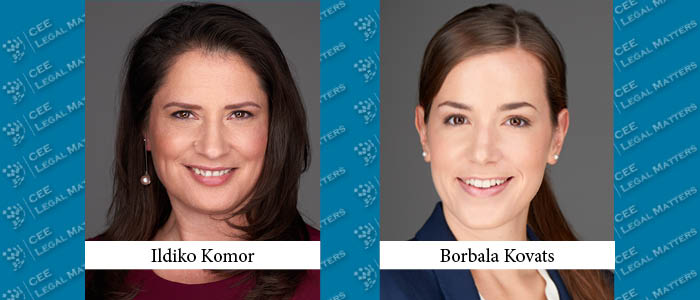Important changes entered into force as of January 1, 2024, in the world of designs. As a result, it will be easier, faster, and cheaper to obtain IP design protection in Hungary.
Design protection can be granted to any new and individual product, industrial or craft article, such as a design chair, a coffee machine, or a bag. The rules on the national registration of designs are laid down in Act XLVIII of 2001 on the Protection of Designs, which sets out, inter alia, which designs may be protected, under what conditions, and for how long.
In Hungary, designs are protected by the Hungarian Intellectual Property Office (HIPO) upon application. Hungarian design protection is limited to the territory of Hungary, but applicants have the possibility to obtain EU-wide design protection, which is adjudicated and registered by the European Union Intellectual Property Office (EUIPO).
The EU procedure was already faster and simpler than in Hungary, making it easier for the applicant to obtain protection for their design, but the EU Design Reform made the difference even more striking. However, the amendments that entered into force in Hungary on January 1, 2024, have brought the Hungarian system closer to that of the EU in terms of length, simplicity, and chances of successfully obtaining protection.
The most important change is that as of January 1, the HIPO conducts a substantially narrower examination of designs. It no longer examines ex officio the novelty of a design, i.e., whether it is identical or differs only in minor details from another design that has previously been published anywhere in the world. Also, since January 1, the office no longer examines whether the design has individual character – one of the most important criteria for designs besides novelty.
Moreover, the HIPO examination does not cover the substantive testing of the technical nature of the design. Specifically, it does not assess whether the design is solely the consequence of the technical function of the product. Neither does it examine whether an external characteristic must be implemented in exactly the same form and dimensions to be able to be combined with or placed in, around, or on another product in a way that each product can fulfill its function.
The HIPO examination is therefore limited to the question of whether the application complies with the concept of a design, i.e., it targets the appearance of the whole or part of a product (industrial or craft article), it does not infringe public policy or morality, or unlawfully incorporate any state or official symbol or emblem.
Furthermore, since January 1, 2024, only upon the request of the applicant does the HIPO issue a patentability opinion during the substantive examination, in which it examines the novelty, individual character, and other conditions of the design. As with utility models, applicants may now request a patentability opinion at any time before or after filing the application.
Another important change is that as of January 1 this year, anyone can review the documents relating to the design application and the patentability opinion on the design, as well as request a copy of the design. It is important because in the patentability opinion, the HIPO examines, among other things, the novelty and individual character of the design. These can be important tools in litigation ¬– for example, in a competitor’s action for invalidation or infringement of the design.
The amendments lead to cheaper and easier protection: the reduction in time limits and the narrowing of the scope of substantive examination by the HIPO should lead to shorter administrative times. This brings the Hungarian practice closer to the EU system, but it also means that the protection of designs applied becomes more formalized and weaker than before in the absence of substantive examination. It also means that applicants and right holders need to prove that their designs are new and individual in the event of litigation, such as invalidity proceedings.
However, designs remain valuable IP assets in the hands of the right holder, as the subject matter of the protection – i.e., the product, its external characteristics, and appearance – cannot be copied or exploited by others without the right holder’s permission. In addition to giving the right holder the exclusive right to exploit the design, the protection also creates a competitive advantage, prestige, and valuable intangible assets such as trademarks.
By Ildiko Komor Hennel, Managing Partner, and Borbala Kovats, Head of IP, Komor Hennel Attorneys
This article was originally published in Issue 11.3 of the CEE Legal Matters Magazine. If you would like to receive a hard copy of the magazine, you can subscribe here.



